Cargando...
Recursos educativos
-
Nivel educativo
-
Competencias
-
Tipología
-
Idioma
-
Tipo de medio
-
Tipo de actividad
-
Destinatarios
-
Tipo de audiencia
-
Creador
Lo más buscado
- Día mundial del agua
- Inventos de máquinas
- Capitales de América
- Derechos de las mujeres
- Actividades para primaria para imprimir
- Actividades para religion
- Arte ibérico
- El método científico
- Aprender a restar
- lectura para niños
- Aprender a escribir
- Escritura pautada
- Graphic organizer
- Repaso de GA GO y GU
- Aprender los números
-
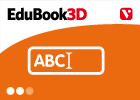
Final Autoevaluation 4.08 - Animal reproduction
EduBook Organización
- 4341 visitas
Complete the text about reproduction in mammals and birds. embryo – viviparous – young – milk – egg – mammary glands – oviparous – placenta – nutritious Both mammals and birds tend to…
-
End-of-unit activities - The Animal Kingdom (II). Vertebrates
EduBook Organización
- 4315 visitas
There are around 50000 species of vertebrates, classified into five main groups: fish, amphibians, reptiles, birds and mammals. Fish are the most primitive group and they have the highest number of…
-
End-of-unit evaluation - The Animal Kingdom (II). Vertebrates
EduBook Organización
- 3900 visitas
There are around 50000 species of vertebrates, classified into five main groups: fish, amphibians, reptiles, birds and mammals. Fish are the most primitive group and they have the highest number of…
-
Introduction - The Animal Kingdom (II). Vertebrates
EduBook Organización
- 3843 visitas
There are around 50000 species of vertebrates, classified into five main groups: fish, amphibians, reptiles, birds and mammals. Fish are the most primitive group and they have the highest number of…
-
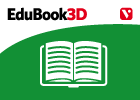
Human reproduction and sexual differences
EduBook Organización
- 3340 visitas
Human reproduction Humans start life as a single microscopic cell in the wombs of their mothers. This cell is called a zygote. The zygote is formed by the union of two cells: the ovum (or egg cell) from…
-
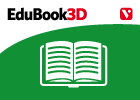
Reproduction in flowering plants
EduBook Organización
- 2706 visitas
Some plant species reproduce asexually, but most plants reproduce sexually. A pollen grain fertilises the egg cell inside the ovule. The sexual organs of spermatophytes (flowering plants) are in the…
-

Analyse. A text
EduBook Organización
- 2271 visitas
Polyembryony Polyembryony is a type of sexual reproduction in which an embryo fragments into several identical embryos. They each develop independently. The young of each litter are of the same sex, as…
-
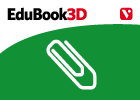
The metamorphosis of a butterfly
EduBook Organización
- 2248 visitas
This diagram shows the metamorphosis of a butterfly. After it is born, the butterfly goes through three stages: Larva (caterpillar): it hatches from the egg and begins eating and growing. Pupa…
-
-
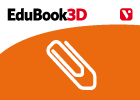
Learn... Insect metamorphosis
EduBook Organización
- 1887 visitas
There are two different life cycles of insects, although all insects hatch from eggs. In some cases, the insect which hatches simply grows and after several moults, becomes an adult. The majority of…
Te estamos redirigiendo a la ficha del libro...













